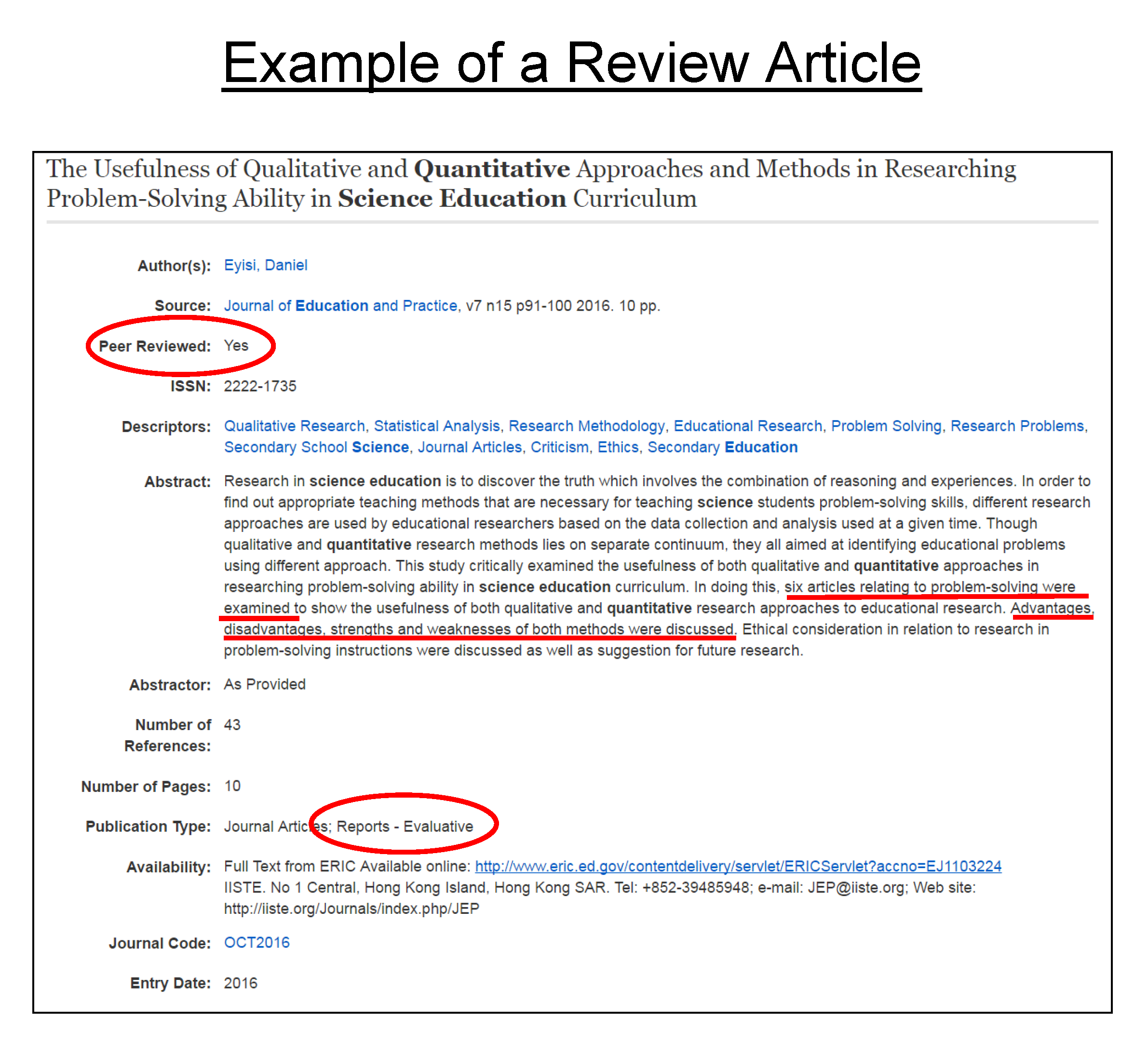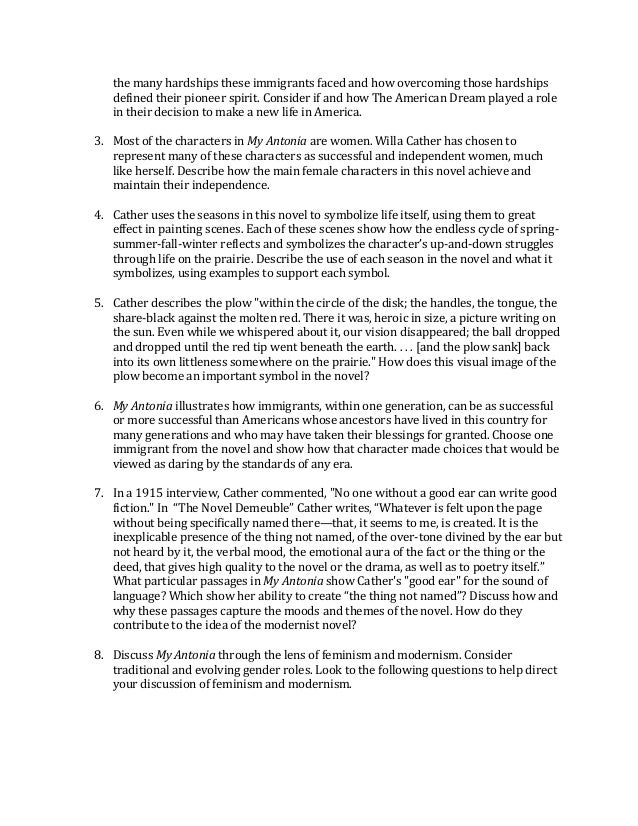
Peer review is designed to assess the validity, quality and originality of articles for publication. Reviewers play an essential role in validating the research submitted and providing constructive feedback to the editors and authors. You can find more detail about the peer review process here · Select a Target Journal Early in the Writing Process We recommend that you select a “target journal” early in the writing process; a “target journal” is the journal to which you plan to submit your paper. Each journal has a set of core readers and you should tailor your writing to this blogger.com: Clara Busse, Ella August · Review your own report. Set aside your peer review report and let it sit for a day or two. You will have fresh eyes when you come back to it. Make sure to do the following before 86%(56)
How to Write and Publish a Research Paper for a Peer-Reviewed Journal | SpringerLink
Learning to write a constructive peer review is an essential step in helping to safeguard the quality and how to write peer reviewed articles of published literature. Read on for a bunch of resources that will get you on the right track, including peer review templates, example reports, and the Publons Academy: our free, online course that teaches you the core competencies of peer review through practical experience try it today. Understanding the principles, how to write peer reviewed articles, forms and functions of peer review will enable you to write solid, actionable review reports.
It will form the basis for a comprehensive, well-structured review, in which you can comment on the quality, rigour, and significance of the research paper, and can identify potential breaches of normal ethical practice. Peer reviewers and editors are gatekeepers of the research literature used to document and communicate human discovery.
Reviewers therefore need a sound understanding of their role and obligations to ensure the integrity of this process, to help maintain quality research, and to help protect the public from flawed and misleading research findings.
Learning to peer review is also an important step in improving your own professional development. We strongly encourage you to learn the core how to write peer reviewed articles of peer review by joining a course or workshop.
You can attend in-person workshops to learn from and network with experienced reviewers and editors. As an example, Sense about Science offers peer review workshops every year.
To learn more about what might be in store at one of these, researcher Laura Chatland shares her experience at the workshop in London. There are also plenty of free, online courses around, including the Publons Academy, how to write peer reviewed articles. The Publons Academy teaches you the core competencies of peer review through practical experience.
You will learn all the core concepts of peer review, and then straight away start writing real reviews of preprints or published papers with guidance from your mentor. Peer review templates are helpful to use as you work your way through a manuscript. It offers points to consider for all aspects of the manuscript, including the abstract, methods, and results sections.
It also teaches you how to structure your review and will get you thinking about the overall strengths and impact of the paper at hand. If no such formal approach exists, try asking the editor for examples of other reviews performed for the journal, which will give you a solid understanding of what they expect from how to write peer reviewed articles. Some of these are transparent peer reviewswhich means the entire process is open and visible — from initial review and response through to revision and final publication decision.
F has also put together a nice list of expert reviewer comments pertaining to the various aspects of a review report. Co-reviewing sharing peer review assignments with senior researchers is one of the best ways to learn peer review as it gives researchers a hands-on, practical understanding of the process. In a recent article in The Scientistthe team at Future of Research argues that co-reviewing can be a valuable learning experience for peer review, as long as it's done properly and with transparency.
If you are asked to write a peer review on behalf of a senior colleague or researcher, make sure you get recognition for your efforts by using our collaborative reviewer feature. The Publons Academy is uniquely practical in this sense. The course requires students to gain experience in peer review by practicing the skill on real papers, and by working with their supervisor for feedback. Upon completion of the course, the supervisor will endorse the student, who will then be put in front of top editors in their field.
Check out some of our top picks:. Want to learn more? Become a master of peer review and connect with top journal editors as a graduate of the Publons Academy -- your free online course designed by expert reviewers, editors and Nobel Prize winners.
Enrol today. Menu Close Home Subscribe. How to write a peer review Understanding the principles, forms and functions of peer review will enable you to write solid, actionable review reports. Why learn to peer review? Peer How to write peer reviewed articles Templates Peer review templates are helpful to use as you work your way through a manuscript, how to write peer reviewed articles. Peer review examples Understand what a constructive peer review looks like by learning from the experts.
Pre-publication peer review: Patterns and mechanisms in instances of endosymbiont-induced parthenogenesis Pre-publication peer review: Can Ciprofloxacin be Used for Precision Treatment of Gonorrhea in Public STD Clinics? Co-reviewing Co-reviewing sharing peer review assignments with senior researchers is one of the best ways to learn peer review as it gives researchers a hands-on, practical understanding of the process. Other peer review resources, blogs, and guidelines Here are some external peer review resources found around the web: Peer Review Resources from Sense about Science Peer Review: The Nuts and Bolts by Sense about Science How to review journal manuscripts by R.
Check out some of our top picks: How to Write a Peer Review: 12 things you need to know Want To Peer Review? Enrol today Publons allows you to record, how to write peer reviewed articles, verify, how to write peer reviewed articles showcase your peer review contributions in a format you can include in job and funding applications without breaking reviewer anonymity. Register now to start building your verified peer review record.
13 Tips for Writing a Great Journal Article
, time: 5:01How to Write a Peer Review Report (with Pictures) - wikiHow

· Select a Target Journal Early in the Writing Process We recommend that you select a “target journal” early in the writing process; a “target journal” is the journal to which you plan to submit your paper. Each journal has a set of core readers and you should tailor your writing to this blogger.com: Clara Busse, Ella August · Review your own report. Set aside your peer review report and let it sit for a day or two. You will have fresh eyes when you come back to it. Make sure to do the following before 86%(56) Peer review is designed to assess the validity, quality and originality of articles for publication. Reviewers play an essential role in validating the research submitted and providing constructive feedback to the editors and authors. You can find more detail about the peer review process here

No comments:
Post a Comment